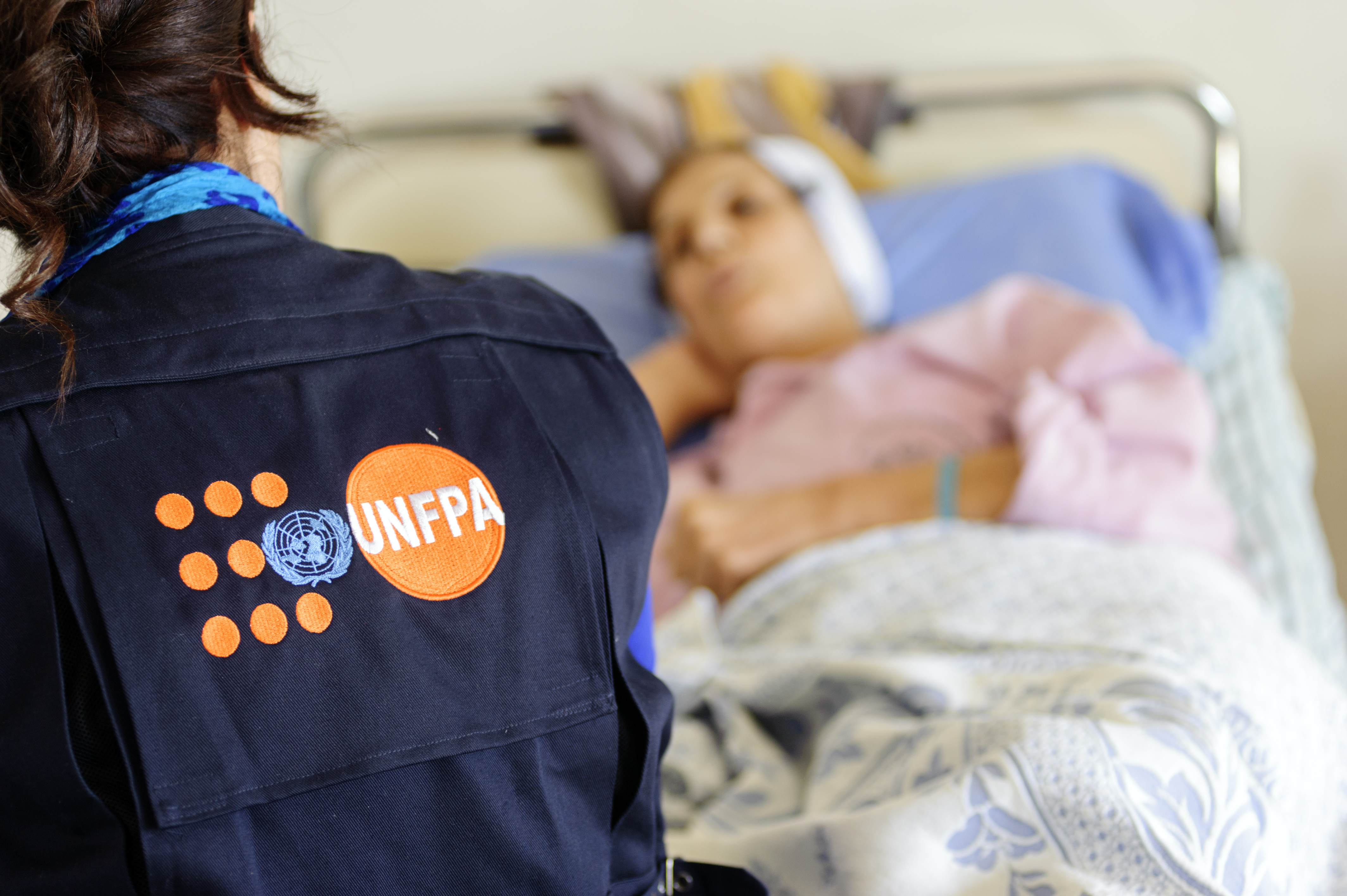to save succeeding generations from the scourge of war,…to reaffirm faith in fundamental human rights,…to establish conditions under which justice and respect for the obligations arising from treaties and other sources of international law can be maintained, and to promote social progress and better standards of life in larger freedom.
In addition to maintaining peace and security, other important objectives include developing friendly relations among countries based on respect for the principles of equal rights and self-determination of peoples; achieving worldwide cooperation to solve international economic, social, cultural, and humanitarian problems; respecting and promoting human rights; and serving as a centre where countries can coordinate their actions and activities toward these various ends.

With the ratification of this founding document by the majority of its signatories, including the five permanent members of the Security Council, the United Nations officially came into being.
What is a UN member state?
Membership in the Organization, in accordance with the Charter of the United Nations, “is open to all peace-loving States that accept the obligations contained in the United Nations Charter and, in the judgment of the Organization, are able to carry out these obligations”. States are admitted to membership in the United Nations by decision of the General Assembly upon the recommendation of the Security Council.
When was UNFPA founded?
The United Nations Fund for Population Activities was established as a trust fund in 1967 and began operations in 1969. In 1987, it was officially renamed the United Nations Population Fund, reflecting its lead role in the UN system in the area of population. The original abbreviation, UNFPA, was retained.

It is also critical that pregnant women are able to access all the care they need. © UNFPA Syria
Where do UNFPA work?
UNFPA works in more than 150 countries and territories that are home to the vast majority of the world’s people
Why does UNFPA celebrate the UN Day?
Because it is part of the UN, it is one of the UN’s various agencies, funds and programs that seek to establish the UN’s mission of peace, security and human rights.
The work of UNFPA is based on the premise that all human beings are entitled to equal rights and protections. We focus on women and young people because these are groups whose ability to exercise their right to sexual and reproductive health is often compromised.

What are UNFPA’s areas of activity?
UNFPA is the lead UN agency for delivering a world where every pregnancy is wanted, every childbirth is safe and every young person's potential is fulfilled.
UNFPA supports:
1. Reproductive health care for women and youth in more than 150 countries – home to more than 80 per cent of the world’s population
2. The health of pregnant women, especially the 10-15 million who face life-threatening complications each year
3. Reliable access to modern contraceptives sufficient to benefit 20 million women a year
4. Training of thousands of health workers to help ensure at least 80 per cent of all childbirths are supervised by skilled attendants
5. Prevention of gender-based violence, which affects 1 in 3 women
6. Abandonment of female genital mutilation, which harms 3 million girls annually
7. Prevention of teen pregnancies, complications of which are a leading cause of death for girls 15-19 years old
8. Efforts to end child marriage, which could affect an estimated 70 million girls over the next 5 years
9. Delivery of safe birth supplies, dignity kits and other life-saving materials to survivors of conflict and natural disaster
10. Censuses, data collection and analyses, which are essential for development planning


